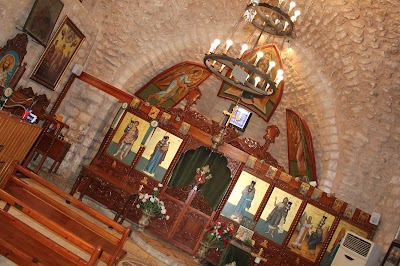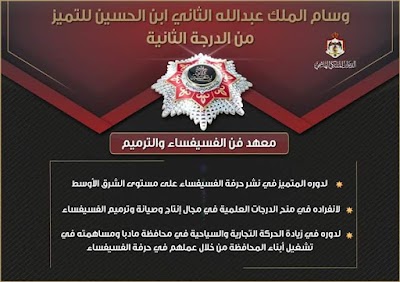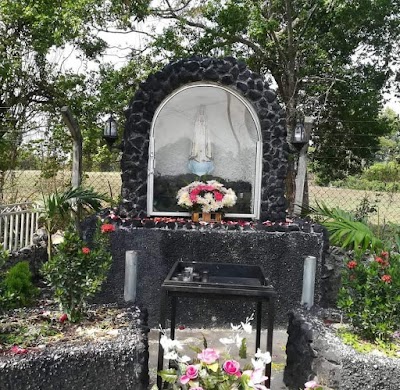Madaba Institute for Mosaic Art and Restoration (معهد مادبا لفن الفسيفساء والترميم)
Overview
The Madaba Institute for Mosaic Art and Restoration (MIMAR) is a remarkable center located in the historic city of Madaba, Jordan, a place celebrated for its rich mosaic heritage. This institution plays a vital role in preserving the ancient art of mosaic-making for which Madaba is globally recognized.
Madaba is famously known as the "City of Mosaics," a title solidified by the discovery of the Madaba Map in the 6th century. This intricate mosaic map of the Holy Land, housed in the Greek Orthodox Basilica of Saint George, holds the distinction of being the oldest known geographic floor mosaic in history. Its discovery in the late 19th century underscored the need for an institution like MIMAR to safeguard this legacy.
Established in 1992, MIMAR emerged from a collaborative effort involving the Jordanian government, international organizations, and local artisans. The institute was designed to conserve the intricate mosaic artworks that define the region while training new generations of artisans in traditional techniques. The founding of MIMAR was characterized by a series of workshops, training programs, and restoration projects that emphasized the importance of technique, precision, and historical preservation.
MIMAR's curriculum merges modern educational methods with time-honored practices, allowing students to learn how to plan, design, and execute mosaic art using techniques passed down through generations. They gain hands-on experience with tools like hammer and chisel, select appropriate tesserae (the small pieces used in mosaics), and delve into the historical context necessary for authentic restoration efforts.
The institute also operates as a restoration hub, meticulously restoring significant archaeological finds and ancient mosaics. MIMAR hosts numerous conservation experts who provide workshops and hands-on projects, benefiting students while also contributing to the preservation of Jordan’s rich cultural heritage. Many of Madaba’s ancient mosaics owe their current state of preservation to the expertise cultivated within MIMAR's walls.
Architecturally, MIMAR reflects the city's historical and cultural essence. Built with local stone using traditional techniques, the institute features open courtyards alongside modern facilities that enhance both practical and theoretical learning. Classrooms equipped with advanced teaching technology coexist with traditional workrooms, where students and restorers meticulously piece together stunning mosaics.
Community engagement is a fundamental aspect of MIMAR's mission. The institute regularly opens its doors to the public, offering workshops for all age groups. This initiative fosters community involvement in preserving cultural heritage and provides a platform for local artisans to showcase their talents. The annual mosaic festival hosted by MIMAR is a significant cultural event, attracting visitors from around the globe to admire the incredible mosaic art produced by this venerable institution.
International collaboration is also a key component of MIMAR’s operations. The institute frequently partners with universities, museums, and cultural organizations worldwide, facilitating the exchange of knowledge and techniques to preserve mosaic traditions on a global scale. Students and professionals from various countries come to Madaba to study or contribute to mosaic restoration projects, enriching the cultural tapestry of learning at MIMAR.
In summary, the Madaba Institute for Mosaic Art and Restoration serves as a beacon of cultural preservation and education. It effectively bridges the ancient and modern worlds, ensuring that the time-honored art of mosaic-making not only survives but continues to thrive and evolve. Through its commitment to conservation, education, and community involvement, MIMAR upholds and celebrates the rich mosaic heritage of Madaba and, by extension, the cultural legacy of Jordan.









